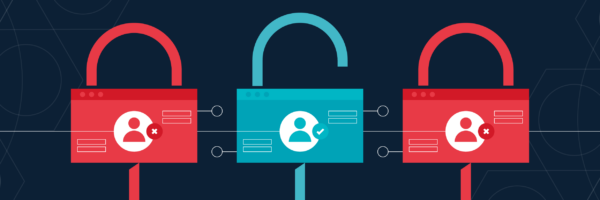Access control is a fundamental security concept that involves regulating who or what can view or use resources in a computing environment. It is a critical component in ensuring the confidentiality, integrity, and availability of information within an organization or network.
Understanding Access Control
Access control encompasses the processes, rules, and deployments that manage access to information systems, networks, and physical resources. The primary goal of access control is to minimize the risk of unauthorized access, thereby protecting sensitive data and systems from potential breaches or misuse. It is a broad practice that includes various methods and protocols to identify users, authenticate their credentials, authorize appropriate levels of access, and account for their actions through logging and monitoring.
Key Features of Access Control
The effectiveness of an access control system is determined by its ability to accurately and efficiently manage the following key features:
- Identification and Authentication: Verifying the identity of users, systems, or entities attempting to access resources.
- Authorization: Determining and enforcing what an authenticated user is allowed to do.
- Accountability: Tracking and recording activities to provide an audit trail.
- Confidentiality: Ensuring that information is accessible only to those authorized to have access.
- Integrity: Guarding against improper information modification or destruction.
Types of Access Control
Access control systems are categorized based on how they manage access requests. The following table outlines the primary types:
| Type | Description |
|---|---|
| Discretionary Access Control (DAC) | Access is determined by the owner of the resources. Users have the discretion to grant or revoke access to their resources. |
| Mandatory Access Control (MAC) | Access is controlled by a central authority based on predefined policies. It is often used in environments requiring high security. |
| Role-Based Access Control (RBAC) | Access is granted based on the roles within an organization, rather than the individual user’s identity. |
| Attribute-Based Access Control (ABAC) | Decisions are made based on attributes (e.g., time of day, location) in addition to roles and identities. |
Utilizing Access Control
Access control mechanisms are employed in various scenarios, including:
- Protecting network resources from unauthorized access.
- Securing physical entry to facilities.
- Regulating access to computer systems and applications.
- Managing permissions for file and data access.
Challenges and Solutions in Access Control
While access control is pivotal for security, it faces several challenges:
- Complexity: As organizations grow, managing access becomes more complex.
- Insider Threats: Users with legitimate access may misuse their privileges.
- External Attacks: Attackers may exploit weaknesses in access control systems.
Solutions include:
- Implementing least privilege principles.
- Regularly auditing and reviewing access controls.
- Employing advanced technologies like AI for anomaly detection.
Comparative Analysis with Similar Terms
| Term | Access Control | Authentication | Encryption |
|---|---|---|---|
| Purpose | Regulate access to resources | Verify identity | Protect data confidentiality |
| Implementation | Policies and mechanisms | Passwords, biometrics | Algorithms (AES, RSA) |
| Focus | Authorization | Identity verification | Data protection |
Future of Access Control
Emerging technologies and trends shaping the future of access control include:
- Biometric Authentication: Enhanced security through unique physical characteristics.
- Artificial Intelligence and Machine Learning: For dynamic and adaptive access control.
- Blockchain: For decentralized and transparent access management.
The Role of VPN in Access Control
Virtual Private Networks (VPNs) can enhance access control by:
- Providing secure remote access to network resources.
- Encrypting data transmissions, thereby protecting the integrity and confidentiality of data.
- Enabling secure access control policies for remote workers and branch offices.
Further Reading and Resources
For more comprehensive insights into access control, consider exploring the following resources:
- National Institute of Standards and Technology (NIST): Provides detailed guidelines on access control standards and best practices.
- SANS Institute: Offers a range of whitepapers and courses on various aspects of access control and network security.
- International Association for Cryptologic Research (IACR): Publishes research papers on cryptographic aspects of security, including access control mechanisms.
This guide offers a foundational understanding of access control, highlighting its significance, methodologies, challenges, and future directions. By leveraging effective access control mechanisms, organizations can significantly mitigate risks associated with unauthorized access, ensuring the security and integrity of their systems and data.


